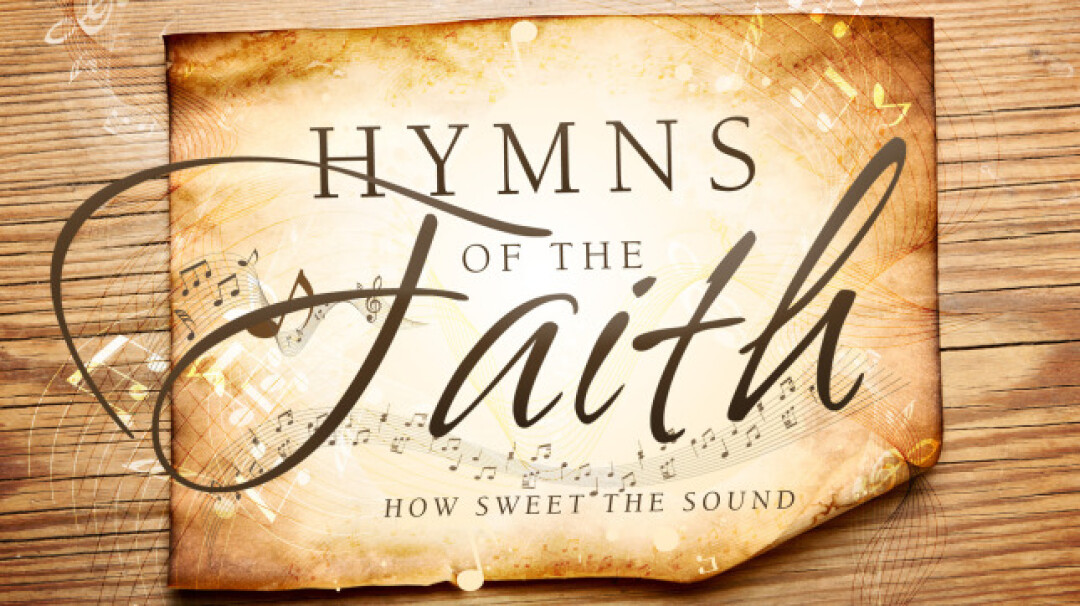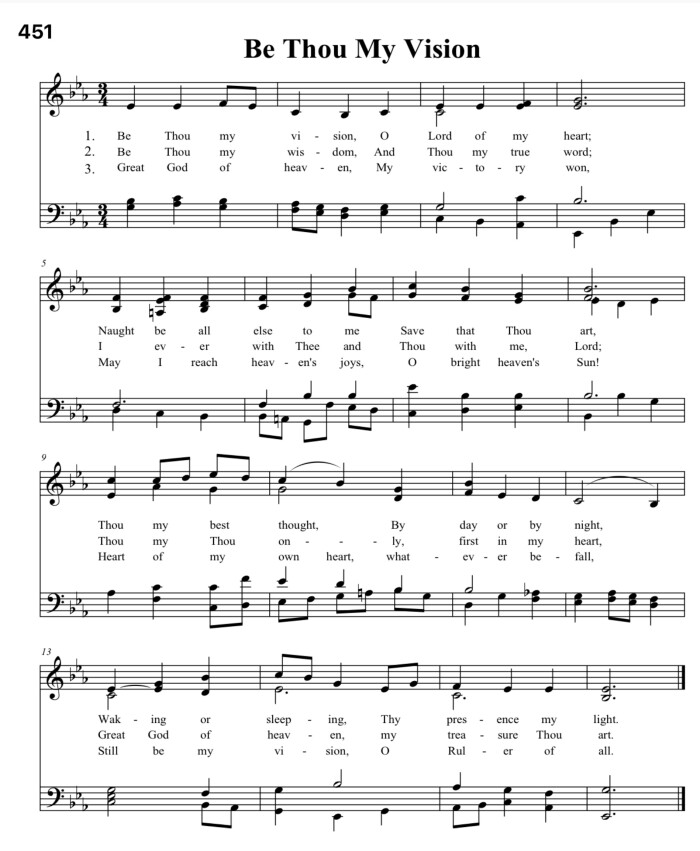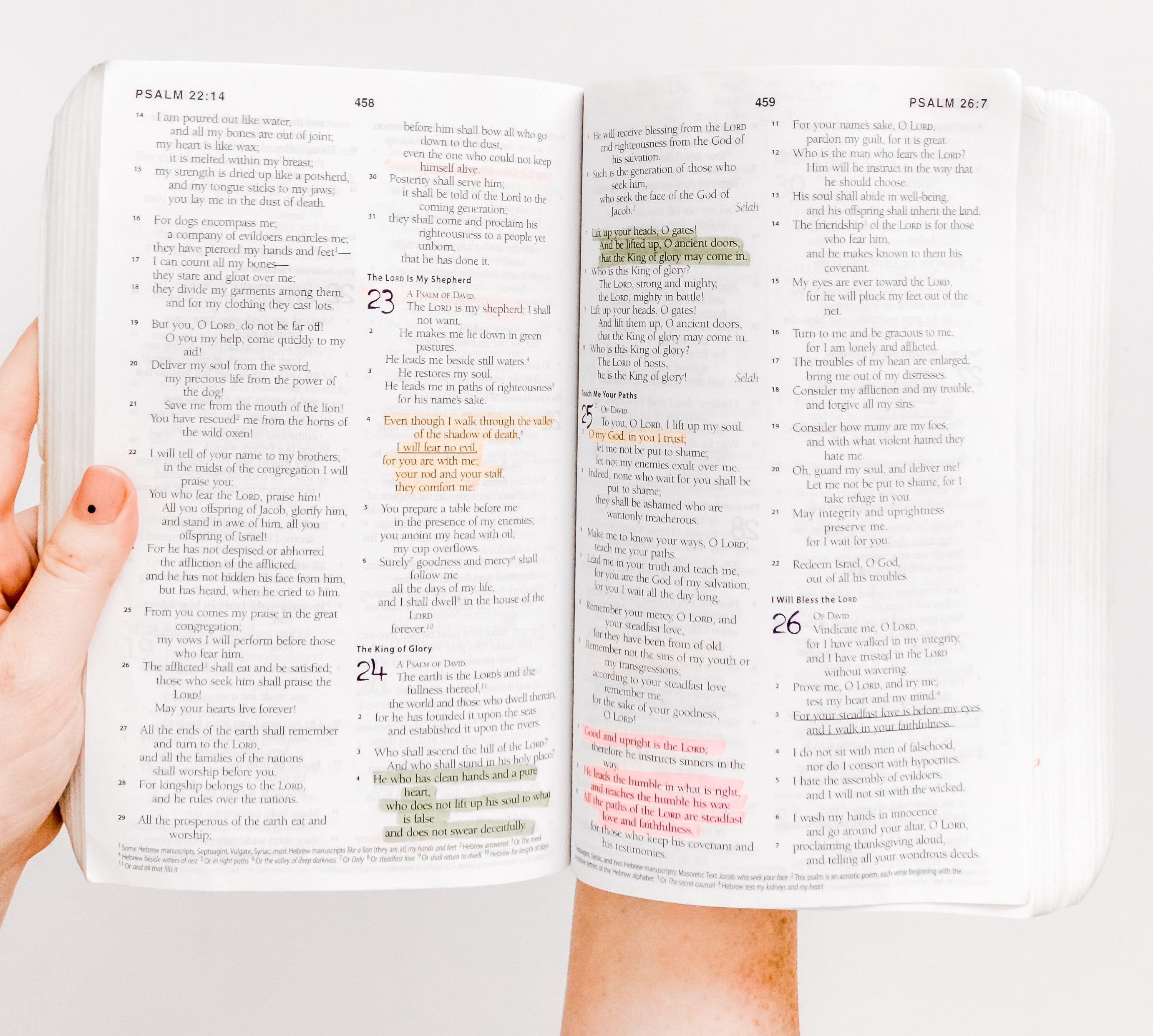

On Sunday, November 2, 2025 Pender’s Carillon Ringers, directed by Brian Stevenson, offered a moving handbell prelude titled “Thy Presence My Light,” arranged by Sandra Eithun.
This beautiful arrangement combines two beloved hymn tunes — “Be Thou My Vision” (SLANE) and “The Lone, Wild Bird” (PROSPECT) — into a rich musical tapestry. The two melodies weave together seamlessly, culminating in a bold and triumphant finale where both themes are played in harmony, creating a deeply satisfying and spiritual experience.
Performed on handbells, three octaves of handchimes, and singing bells, the piece captures the serenity of faith and the majesty of creation.
"Singing hand bells" refers to the technique of making a handbell produce a continuous, singing-bowl-like tone by rubbing a wooden dowel, often with a special coating, around the bell's rim. This creates a sustained, ethereal sound, unlike the usual percussive "ring" when the clapper strikes the bell. This technique is often used to provide atmospheric or "underscore" music for readings or other performances.
About the Tunes:
- SLANE – An Irish folk tune, named for the hill where St. Patrick is said to have defied King Logaire’s orders. The melody was later paired with the hymn text by Welsh composer David Evans in the 1927 Church Hymnary of the Church of Scotland.
- PROSPECT (“The Lone, Wild Bird”) – From William Walker’s Southern Harmony, 1835, this American folk tune carries a sense of longing and freedom, beautifully complementing SLANE’s quiet strength.
Together, these melodies remind us that God’s presence is both our vision and our light—guiding, sustaining, and inspiring us.
“Be Thou My Vision” – Offertory | August 10, 2025 | Pender UMC
On Sunday, August 10, 2025, worship at Pender United Methodist Church featured the beloved hymn “Be Thou My Vision” as the offertory.
This timeless prayer for guidance and devotion was beautifully sung by Andrea Quiñones, accompanied with grace by Heidi Jacobs on piano.
A treasured moment of worship, lifting hearts to focus on God as our true vision and light.
On Sunday, March 2, 2025, the Pender United Methodist Church congregation joined together in singing the beloved hymn “Be Thou My Vision” as the closing hymn of worship. The hymn was led by Patrick King, Director of Music, and accompanied by Heidi Jacobs on piano.
Said to be a favorite of King Charles, Be Thou My Vision is one of the oldest hymns in the world, with its text originating in 6th-century Ireland, attributed to the early Christian poet Dallán Forgaill.
Today, this timeless text was sung to the Irish folk tune ‘Slane’—a deeply satisfying, ever-rising melody that gradually unfolds through each verse, gently resolving in peace on the final three notes.
Let this beautiful pairing of ancient poetry and traditional melody guide your heart toward vision, faith, and clarity.
"Be Thou My Vision" was the closing hymn on Sunday June 2, 2024 It was sung by Pender's congregation, led by Jane McKee and accompanied on piano by Heidi Jacobs.
"Be Thou My Vision" was the middle hymn at Pender's Music Appreciation Sunday on June 11, 2023 It was sung by Pender's congregation, accompanied on piano by Heidi Jacobs and guitar by Brian Stevenson.
"Be Thou My Vision"
Versified by Eleanor Hull
The United Methodist Hymnal, No. 451
Be thou my vision, O Lord of my heart;
Naught be all else to me save that thou art.
Thou my best thought, by day and by night,
Waking or sleeping, thy presence my light.
Sometimes hymn singing invites us to connect with the saints who have gone before. Such is the case with the famous Irish hymn, "Be Thou my vision." The original poem, found in two Irish manuscripts in the library of the Royal Irish Academy, may be dated as early as the 8th century.
Quite often, older hymns come to us as a collaborative effort before we are able to sing them from our hymnals. The Irish text, beginning "Rob tu mo bhoile, a Comdi cride," was translated into literal prose by Irish scholar Mary Byrne (1880-1931), a Dublin native, and then published in Eriú, the journal of the School of Irish Learning, in 1905. Byrne was also known for her academic publications, including Old and Mid-Irish Dictionary, Dictionary of the Irish Language, and a treatise, England in the Age of Chaucer.
The original prose translation comes to us in 16 couplets.
The first is: Be thou my vision, O Lord of my heart. None other is aught but the King of the seven heavens.
And the last is: O heart of my heat, whate'er befall me, O ruler of all, be thou my vision.
It is at this point that Eleanor Hull (1860-1935) enters the story. Born in Manchester, England, she was the founder of the Irish Text Society and president of the Irish Literary Society of London. Hull versified the text and it was published in her Poem Book of the Gael (1912).
Following the original publication in Ireland, the hymn was included in a number of British hymnals. After World War II, the hymn came to the attention of hymnal editors in the U.S. and it has become a standard hymn in most hymnals today.
Irish liturgy and ritual scholar Helen Phelan, a lecturer at the University of Limerick, points out how the language of this hymn is drawn from traditional Irish culture: "One of the essential characteristics of the text is the use of 'heroic' imagery to describe God. This was very typical of medieval Irish poetry, which cast God as the 'chieftain' or 'High King' (Ard Ri) who provided protection to his people or clan. The lorica is one of the most popular forms of this kind of protection prayer and is very prevalent in texts of this period." The original chieftain language of the "High King of heaven" has given way to the more inclusive "Great God" in the UM Hymnal.
When Hull's versification was paired with the lovely traditional Irish tune SLANE in The Irish Church Hymnal in 1919, its popularity was sealed. The folk melody was taken from a non-liturgical source, Patrick Weston Joyce's Old Irish Folk Music and Songs: A Collection of 842 Airs and Songs hitherto unpublished (1909).
"Most 'traditional' Irish religious songs are non-liturgical," says Dr. Phelan. "There is a longstanding practice of 'editorial weddings' in Irish liturgical music, where traditional tunes were wedded to more liturgically appropriate texts. This is a very good example of this practice."
It was on Slane Hill in County Meath around 433 CE that St. Patrick lit candles on Easter Eve, defying a decree by High King Logaire of Tara that no one could light a fire before the king signaled the beginning of the pagan spring festival by lighting a fire on Tara Hill. King Logaire was so impressed by Patrick's devotion that, despite his defiance, he was permitted to continue his work as Ireland's first Christian missionary.
Dr. Hawn is director of the sacred music program at Perkins School of Theology.


1 Comment
Trying history from 9th century .on this song called
(Be Thou My Vision.)
I found 6th century